Introduction to the Kingdom of Kush
The Kingdom of Kush was one of the most influential civilizations in ancient Africa, existing for over a thousand years in what is now Sudan. Often overshadowed by its northern neighbor, Egypt, Kush was a powerhouse of trade, warfare, and culture. With its skilled archers, grand pyramids, and immense wealth, this kingdom played a crucial role in shaping the history of the Nile Valley and beyond.
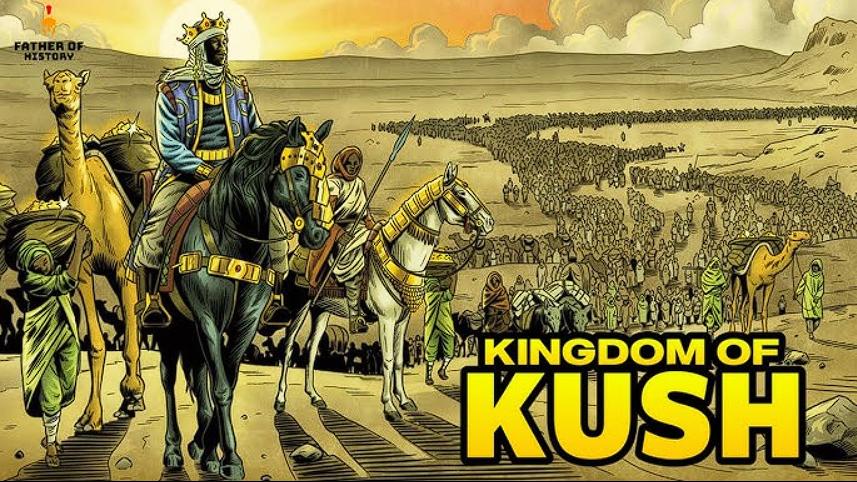
The Rise of Kush
Kush first emerged as a significant power during the second millennium BCE. Situated along the fertile banks of the Nile, it became a major trade hub, connecting central Africa with Egypt and the Mediterranean. The kingdom’s control over vital trade routes allowed it to amass wealth through the exchange of gold, ivory, ebony, and exotic animals.
The Cultural Influence of Egypt
While Kush had its own unique identity, it was heavily influenced by Egyptian culture. Egyptian deities, hieroglyphs, and architectural styles were integrated into Kushite society. However, the Kushites also maintained their own traditions, creating a distinct blend of African and Egyptian elements.
The Rise of the Black Pharaohs
One of the most remarkable periods in Kushite history was the 25th Dynasty, also known as the era of the “Black Pharaohs.” During this time, the Kushite kings conquered Egypt and ruled as pharaohs, seeking to restore and preserve its ancient traditions.
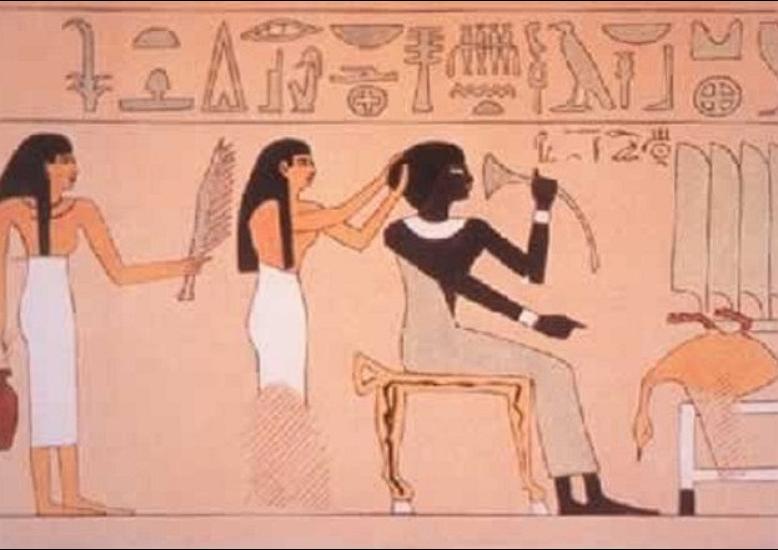
King Piye and the Conquest of Egypt
The March to Thebes
In the 8th century BCE, King Piye of Kush launched a military campaign to unify Egypt under his rule. His forces, known for their expertise in chariot warfare and archery, advanced northward, defeating rival Egyptian rulers and securing his control over the region.
The Rebuilding of Temples
Unlike many conquerors who sought destruction, Piye saw himself as a restorer. He revitalized temples, strengthened religious institutions, and reintroduced traditional Egyptian customs. His inscriptions reveal his devotion to both the gods of Kush and Egypt.
The End of Kushite Rule in Egypt
Although the Kushites ruled Egypt for nearly a century, they eventually faced resistance from the powerful Assyrian Empire. By the late 7th century BCE, the Kushite rulers were forced to retreat to their homeland, where they continued to thrive independently for several more centuries.

The Pyramids and Monuments of Kush
The Nubian Pyramids
While many associate pyramids with Egypt, Kush built more pyramids than any other civilization. The Nubian pyramids, located in Meroë and other sites, are steeper and smaller than their Egyptian counterparts but equally significant in their cultural and religious importance.
The Royal City of Meroë
Meroë became the political and economic center of Kush after the fall of its Egyptian territory. It flourished as a city of iron production, art, and learning. The ruins of Meroë, including its grand temples and palaces, remain a testament to Kushite ingenuity.
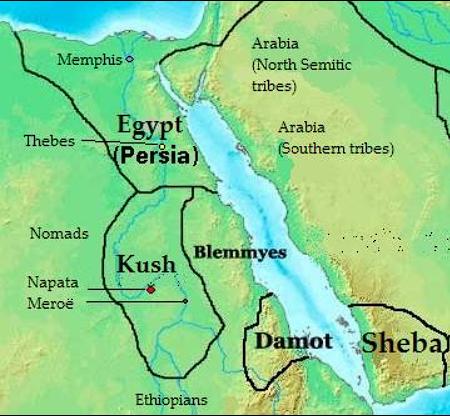
The Influence of Kushite Art and Writing
Kush developed its own script, known as Meroitic, which remains undeciphered to this day. Their artistic expressions, seen in pottery, jewelry, and sculptures, highlight a sophisticated civilization that blended indigenous and Egyptian influences.
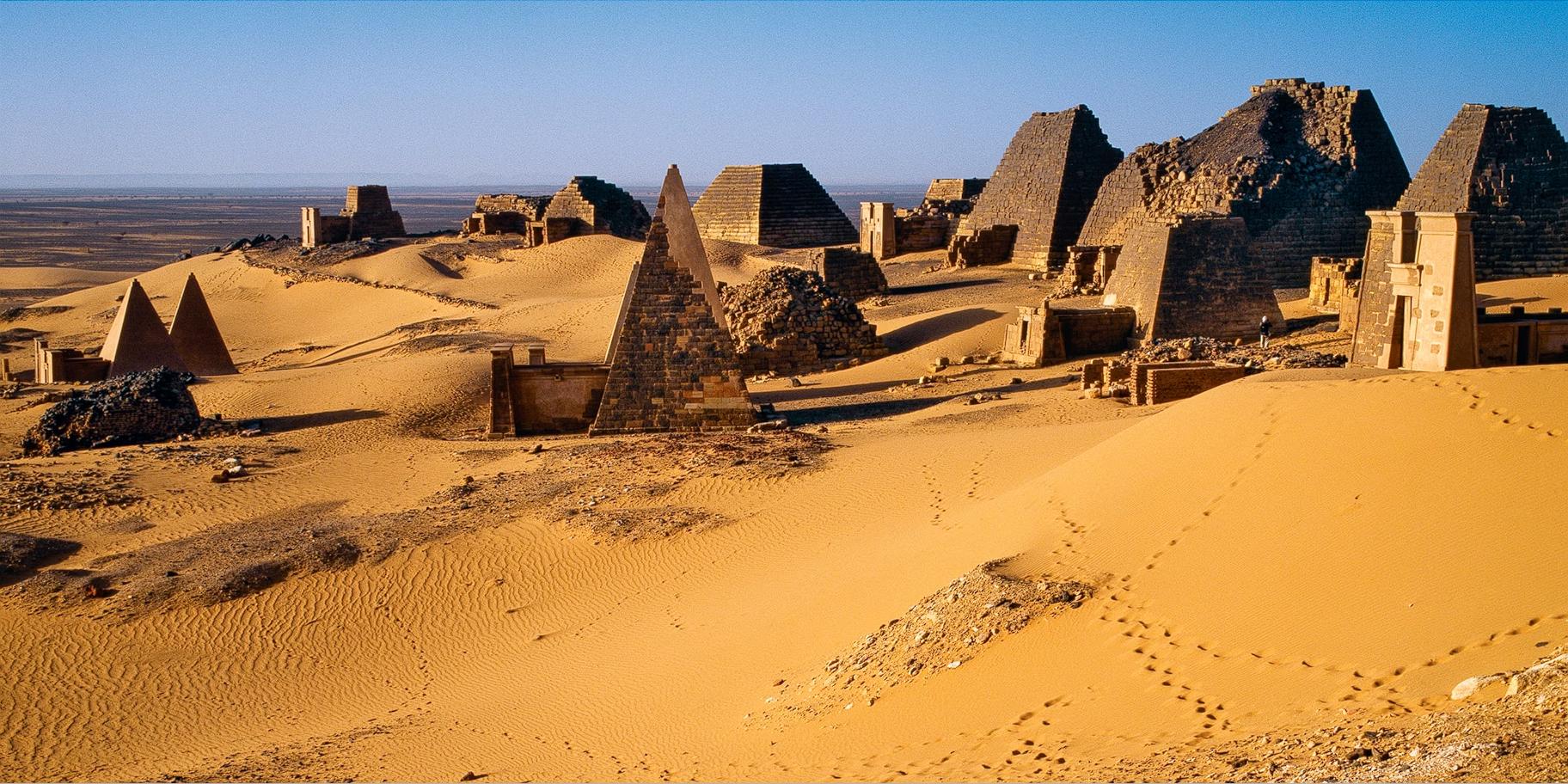
The Mysterious Decline of Kush
Environmental Changes and Resource Depletion
One theory suggests that climate change played a role in Kush’s decline. Overuse of land and shifting climate patterns may have led to desertification, making it harder to sustain large populations.
Conflicts and External Threats
Kush faced increasing pressure from external forces, including the expanding Roman Empire and neighboring African kingdoms. These conflicts weakened its stability and control over trade routes.
The Final Days of Kush
By the 4th century CE, the Kingdom of Kush had faded from prominence, replaced by the emerging Kingdom of Axum. However, its influence did not disappear, as elements of Kushite culture persisted in later African civilizations.
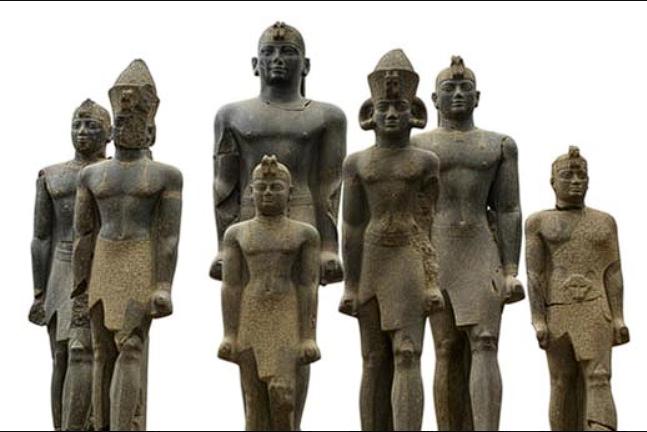
The Lasting Legacy of Kush
Archaeological Discoveries
Modern excavations continue to uncover Kushite artifacts, shedding light on their contributions to ancient history. The preservation of their pyramids and inscriptions allows scholars to piece together their rich heritage.
The Role of Kush in African History
The Kingdom of Kush is a vital part of Africa’s historical narrative, demonstrating the strength and resilience of early African civilizations. Their achievements in warfare, diplomacy, and culture challenge outdated perceptions of Africa’s past.
Lessons from Kush’s Rise and Fall
The story of Kush reminds us of the fragility of empires and the importance of cultural preservation. As more discoveries are made, our understanding of this great civilization continues to grow.
Conclusion
The Kingdom of Kush was more than just Egypt’s southern neighbor—it was a powerful civilization that left an enduring impact on history. From the reign of the Black Pharaohs to the splendor of Meroë, Kush’s influence can still be felt today. How much more remains hidden beneath the desert sands? The answers may reshape our understanding of the ancient world.

CÁC TIN KHÁC
Mary Walton: The Forgotten Inventor Who Helped Clean Up America’s Cities
Tomb of Queen Nefertari in the Valley of the Queens, Egypt
Discover the Hypostyle Hall of the Temple of Hathor at Dendera
Venus de Losange: Unveiling the Mystery of a 20,000-Year-Old Paleolithic Icon